London-based Times of India journalist Kounteya Sinha has found a second profession -- he carries his camera to far-flung places and comes away with timeless images that tell stories, old and new.
The photograph gracing his Facebook announcement of his show, "Stone" (25 June-6 July), at the Harrington Street Arts Centre in Kolkata depicts a scene steeped in antiquity, juxtaposed with the photographer's jean-clad form leaning against a time-stained wall. It is a nod to the urban nomad that Kounteya is, his exhibition of 55 images telling stories about 22 countries.
"Stone is about being and becoming -- it explores and captures the romance of being static... the story of a rock becoming an astounding architectural wonder, the metamorphosis of us humans into stone, the phenomenon of unfeeling," says the shutterbug-cum-journalist.
"My series of photographs from over 22 countries portray human creations as silent sentries, breathing and alive. The photographs also document some of the world's most stunning pieces of architectural work through windows -- not to look out, but actually to look within."
What makes stone so significant to our lives?
"While walking the cobbled streets of Prague, I came face to face with a building riddled with bullet marks. Further inquiry revealed that the astounding architectural creation standing tall in front of me was once the old town's pride. The sound of music and laughter, bonhomie and tinkling glasses filled the air around it once. Today, it is only but a shadow of itself -- dilapidated, stretch marks all across, a frown on its brow. Bullet holes all over remind the pedestrian of the building's traumatic teenage years. What stands today is a grand old dame who is neglected and lifeless. No one talks to it anymore, shuns it as the house of a thousand ghosts."
Kounteya uses a D90 Nikon, freezing the frame on subjects that span the wilds, the waters and urban decadence. Amongst his best works is "Angel in the Ghetto", captured in the town of Užupis, Lithuania. This dilapidated spot is where artists and poets leave their mark on the mossy walls. While the angel is an emblem of ascension, there is also a paradoxical symbolism in the setting -- the rubble of ruination.
For a journalist whose business has been in words, Kounteya has a natural allegiance to the drama of compelling visual conversations. "Everything I see has so many stories... it is as if there is a journey from cradle to old age that is contained in every architectural detailing that is defined by war and time," he explains.
Walls, in particular, transfix the photographer, they commune with him, and he finds himself seeking them out. "Walls are like tablets that tell stories. In moments of joy or moments of grief, I turn to the wall for the continuity of my thoughts and the answers I seek."
The show has a mélange of a few black and whites and some colour images that seem to be steeped in surreal signatures of time past. "Kolkata's Abandoned Police Station", with the little balustrade that nestles amid the leaves of the trees, is a subtle commentary on the journey of time. "The Story on the Wall" and "More Walls to Tear Down" are two contrasting images that together stand as an example of compositional coherence.
"Stone" is a journey that took Kounteya through 22 countries over 410 days and an astounding 95,000km. From Hungary to Australia, United States to Malta, everywhere he went, he found stone walls and brick that talked. Walls and windows can both be portals of melancholia and despair. "Walls have secrets to tell, they hide history. I don't care about the shutter or the aperture. I want to capture the story that is hidden," he says.
"Photography is similar to the human mind. It oscillates between dark and light. Sometimes, therefore, you see an image which is as bright as a rainbow smudged. Other times, the only colour you see is more black and less white," he muses.
![2016-06-10-1465558987-8982096-DSC_02292A1.jpg]()
![2016-06-10-1465559081-7742522-CSC_0194A.jpg]()
![2016-06-10-1465559348-6824935-DSC_0076.JPG]()
![2016-06-10-1465559386-304213-DSC_0151A.jpg]()
![2016-06-10-1465559429-1445904-DSC_0194A.jpg]()
![2016-06-10-1465559465-1262263-DSC_04503A.jpg]()
![2016-06-10-1465559489-8775932-DSC_05622A.jpg]()
![2016-06-10-1465559515-9284532-TheAngelintheghetto.jpg]()
Images: Kounteya Sinha
The photograph gracing his Facebook announcement of his show, "Stone" (25 June-6 July), at the Harrington Street Arts Centre in Kolkata depicts a scene steeped in antiquity, juxtaposed with the photographer's jean-clad form leaning against a time-stained wall. It is a nod to the urban nomad that Kounteya is, his exhibition of 55 images telling stories about 22 countries.
"Stone is about being and becoming -- it explores and captures the romance of being static... the story of a rock becoming an astounding architectural wonder, the metamorphosis of us humans into stone, the phenomenon of unfeeling," says the shutterbug-cum-journalist.
Everything I see has so many stories... it is as if there is a journey from cradle to old age that is contained in every architectural detailing ...
"My series of photographs from over 22 countries portray human creations as silent sentries, breathing and alive. The photographs also document some of the world's most stunning pieces of architectural work through windows -- not to look out, but actually to look within."
What makes stone so significant to our lives?
"While walking the cobbled streets of Prague, I came face to face with a building riddled with bullet marks. Further inquiry revealed that the astounding architectural creation standing tall in front of me was once the old town's pride. The sound of music and laughter, bonhomie and tinkling glasses filled the air around it once. Today, it is only but a shadow of itself -- dilapidated, stretch marks all across, a frown on its brow. Bullet holes all over remind the pedestrian of the building's traumatic teenage years. What stands today is a grand old dame who is neglected and lifeless. No one talks to it anymore, shuns it as the house of a thousand ghosts."
Kounteya uses a D90 Nikon, freezing the frame on subjects that span the wilds, the waters and urban decadence. Amongst his best works is "Angel in the Ghetto", captured in the town of Užupis, Lithuania. This dilapidated spot is where artists and poets leave their mark on the mossy walls. While the angel is an emblem of ascension, there is also a paradoxical symbolism in the setting -- the rubble of ruination.
Walls are like tablets that tell stories. In moments of joy or moments of grief, I turn to the wall for the continuity of my thoughts and the answers I seek.
For a journalist whose business has been in words, Kounteya has a natural allegiance to the drama of compelling visual conversations. "Everything I see has so many stories... it is as if there is a journey from cradle to old age that is contained in every architectural detailing that is defined by war and time," he explains.
Walls, in particular, transfix the photographer, they commune with him, and he finds himself seeking them out. "Walls are like tablets that tell stories. In moments of joy or moments of grief, I turn to the wall for the continuity of my thoughts and the answers I seek."
The show has a mélange of a few black and whites and some colour images that seem to be steeped in surreal signatures of time past. "Kolkata's Abandoned Police Station", with the little balustrade that nestles amid the leaves of the trees, is a subtle commentary on the journey of time. "The Story on the Wall" and "More Walls to Tear Down" are two contrasting images that together stand as an example of compositional coherence.
"Stone" is a journey that took Kounteya through 22 countries over 410 days and an astounding 95,000km. From Hungary to Australia, United States to Malta, everywhere he went, he found stone walls and brick that talked. Walls and windows can both be portals of melancholia and despair. "Walls have secrets to tell, they hide history. I don't care about the shutter or the aperture. I want to capture the story that is hidden," he says.
"Photography is similar to the human mind. It oscillates between dark and light. Sometimes, therefore, you see an image which is as bright as a rainbow smudged. Other times, the only colour you see is more black and less white," he muses.
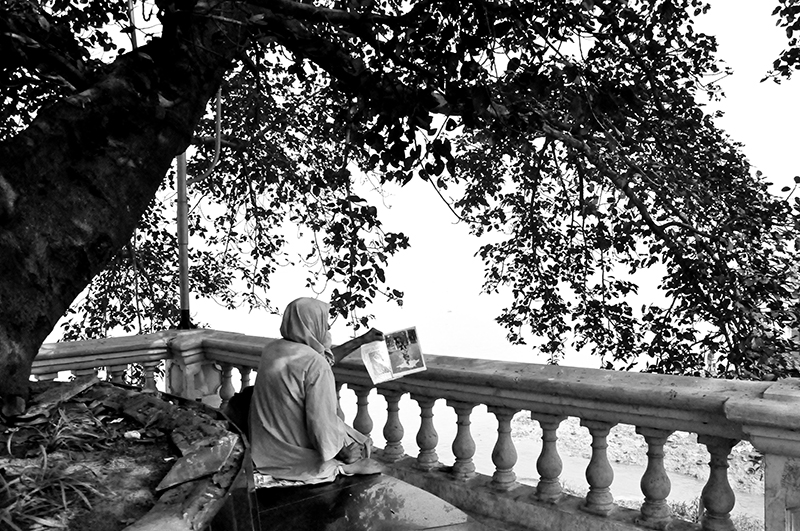
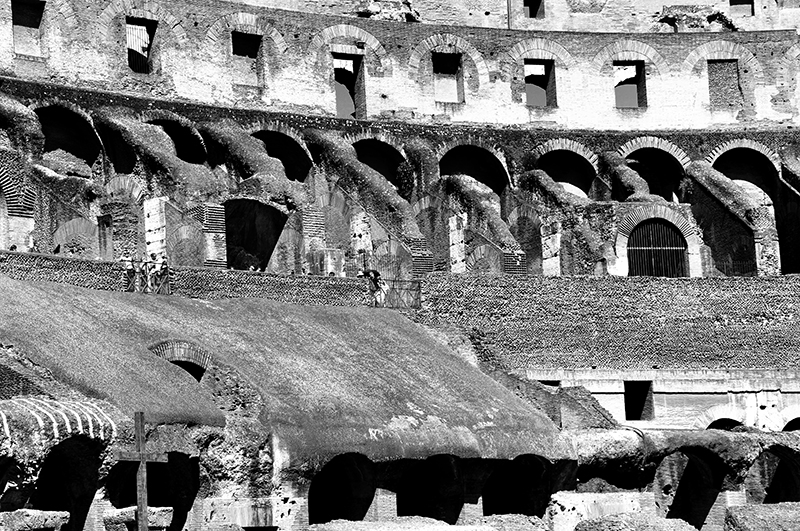
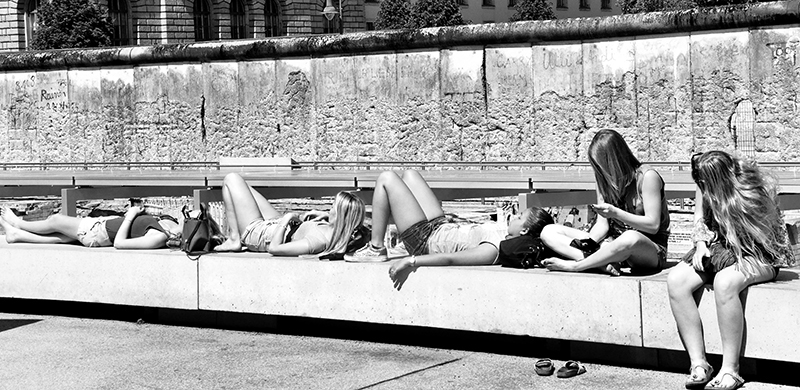
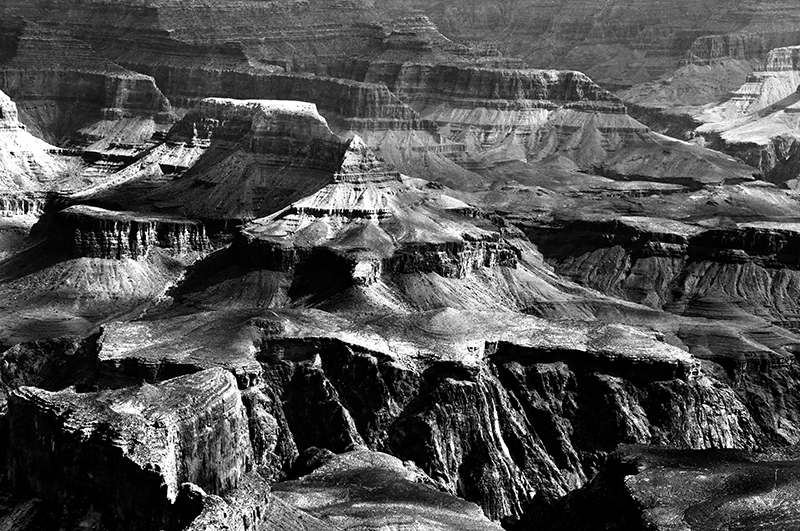
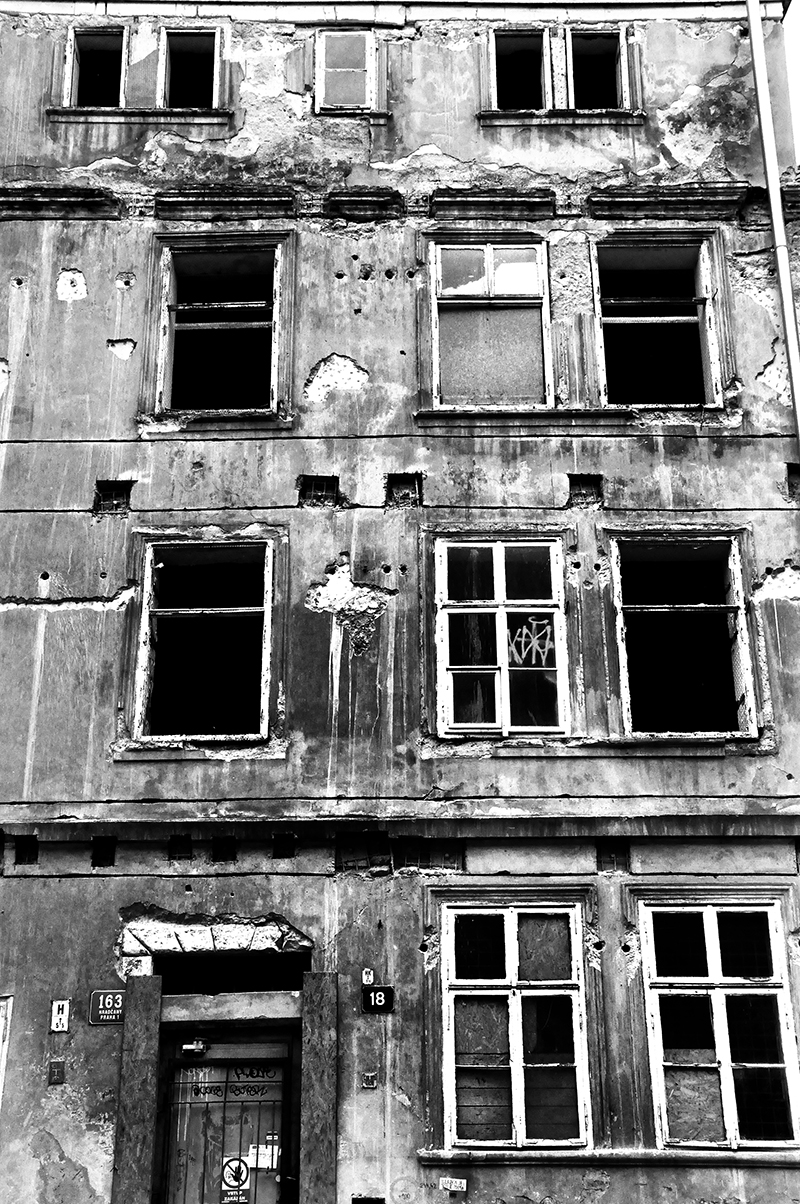
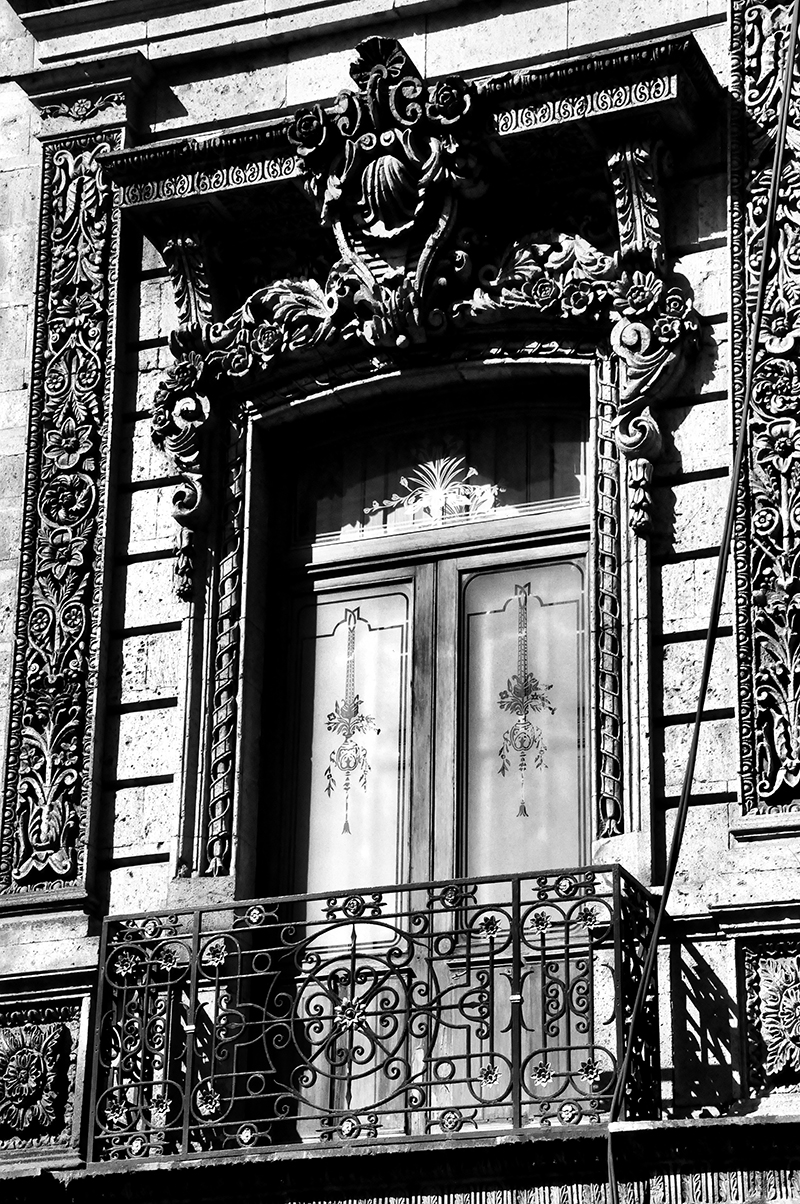
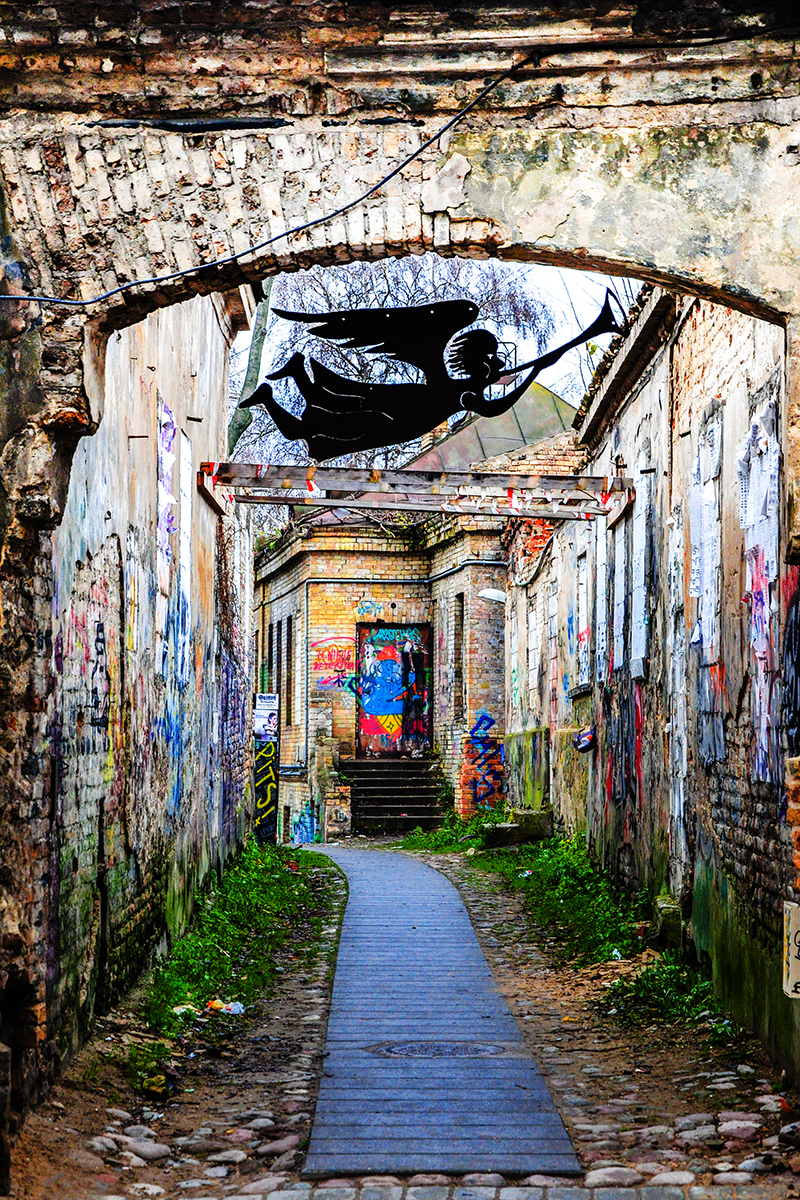
Images: Kounteya Sinha